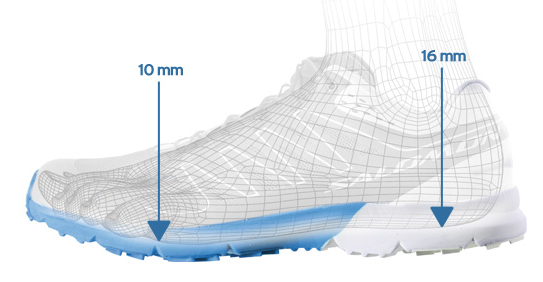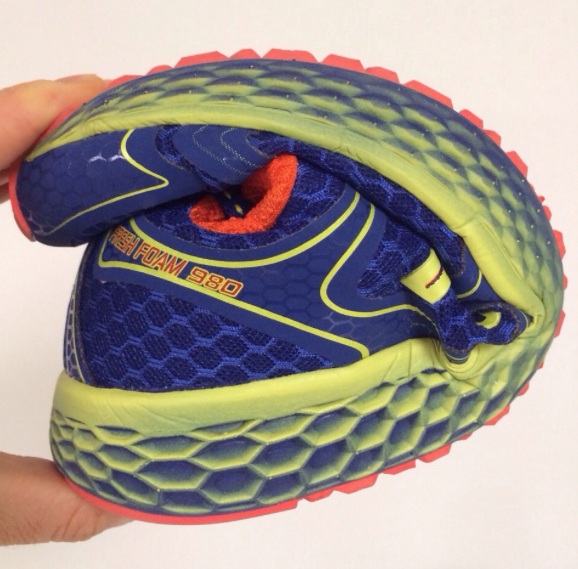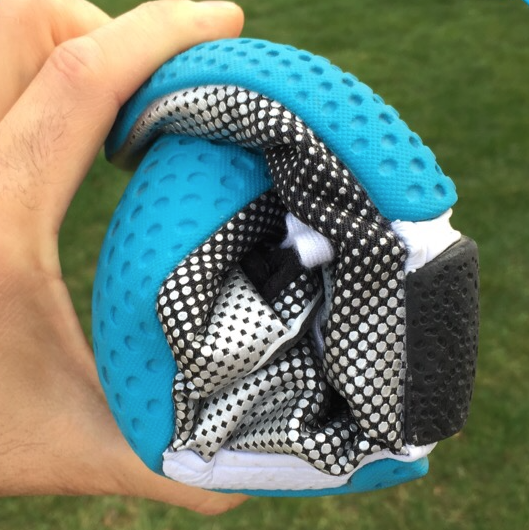Choosing a Running Shoe
I’m asked daily, “what’s the best running shoe?”. Unfortunately I do not have several hours to discuss this topic with my patients, nor would most people want to hear my long winded answer to this. Here’s a quick post to help redirect most people’s thinking when it comes to selecting a running shoe -from a podiatrists point of view that is… well, mine I guess!!
The Evidence
First of all, no evidence exists to say that one shoe is better than another. The paradigm of choosing a shoe based on foot type (flat, normal, high arch) is out dated and proven unreliable when it comes to preventing injury. Shoe companies do not study their shoes in regards to preventing injury before they go to market. So when you see the ads or descriptions on the company’s website discussing all the research that went into making the shoe, there may have been research, but not towards preventing injury.
Pronation
“I need a good shoe because I pronate a lot”. This is not true. The evidence doesn’t support it, and if you land on your midfoot, the outdated theory of excessive pronation can not be applied. Heel striking may be the reason we have seen a high incidence of running injures which were inadvertently blamed on excessive pronation. When a runner lands on their heel, they’re abandoning the shock absorptive properties of the rest of the foot which can be crucial to preventing injury. The shoe really has nothing to do with this.
Flexibility vs Stiffness
The shoe should be soft enough to bend in half and roll up. This is contrary to what we used to say 10 years ago. We have learned that by inhibiting motion, the foot does not adapt to the surface and the body cannot institute natural shock absorptive mechanics. If it’s controllig motion and feels uncomfortable, you probably shouldn’t buy it.
Heel Height
 The term “drop” has become very popular over the past five years as we’ve seen a restructure of the running shoe market. Heel drop refers o the difference in height between the heel and the forefoot and is measured in millimeters. Normal motion and mechanics of the foot can occur with a heel drop from zero mm to 6mm. Any heel drop above 6mm could be preventing the natural motion of the foot, ankle, and leg. You don’t need a thick cushioned heel.
The term “drop” has become very popular over the past five years as we’ve seen a restructure of the running shoe market. Heel drop refers o the difference in height between the heel and the forefoot and is measured in millimeters. Normal motion and mechanics of the foot can occur with a heel drop from zero mm to 6mm. Any heel drop above 6mm could be preventing the natural motion of the foot, ankle, and leg. You don’t need a thick cushioned heel.
Popularity
Why are some shoes more popular than others? Because they sale more. Here’s an example. Joe Runner finds a shoe that is new and he really likes it, i.e. the Hoka One One. He tries it and then tells his friend how much he loves it. His friend tries it and likes it too. The chain continues amongst other runners and the shoe now sells out at the local running shoe store. They order more and the trend continues. It’s simply supply and demand based on what a runner likes. Not necessarily what works.
The Best Brand
I’m not going to promote any running shoe in this post. The literature is currently demonstrating that if it’s comfortable, it’s probably the shoe for you. Don’t always go by what the shoe store representative is telling you. That’s not to say that sometimes they may be correct. Obviously some brands may last longer and offer better quality materials but that doesn’t mean it will prevent injury. Definitely do not go by price. If your mentality is you get what you pay for, it may not necessarily be true in terms of injury prevention. You may get a higher quality product, but you’re not paying for insurance against injury.
Injury Prevention
Put your time, effort, and money into developing a more natural running form and perfecting your training patterns. These variables tend to cause more injuries when ignored than do shoes directly. In my practice, the approach is correcting for and training patterns, and the chronic injuries will typically resolve. Don’t focus on shoes!







This is very informational – thanks for sharing. Does that mean that barefoot running shoes or those that mimic the “natural” feel of barefoot running are the best type of running shoes? For ages, I have tried a number of brands like that but always felt pain after.
Great article Dr. Nick Campitelli.
You are right, sometimes brand value does not provide the best option. I always prefer lightweight shoes as a runner and of course, it needs to be comfortable.